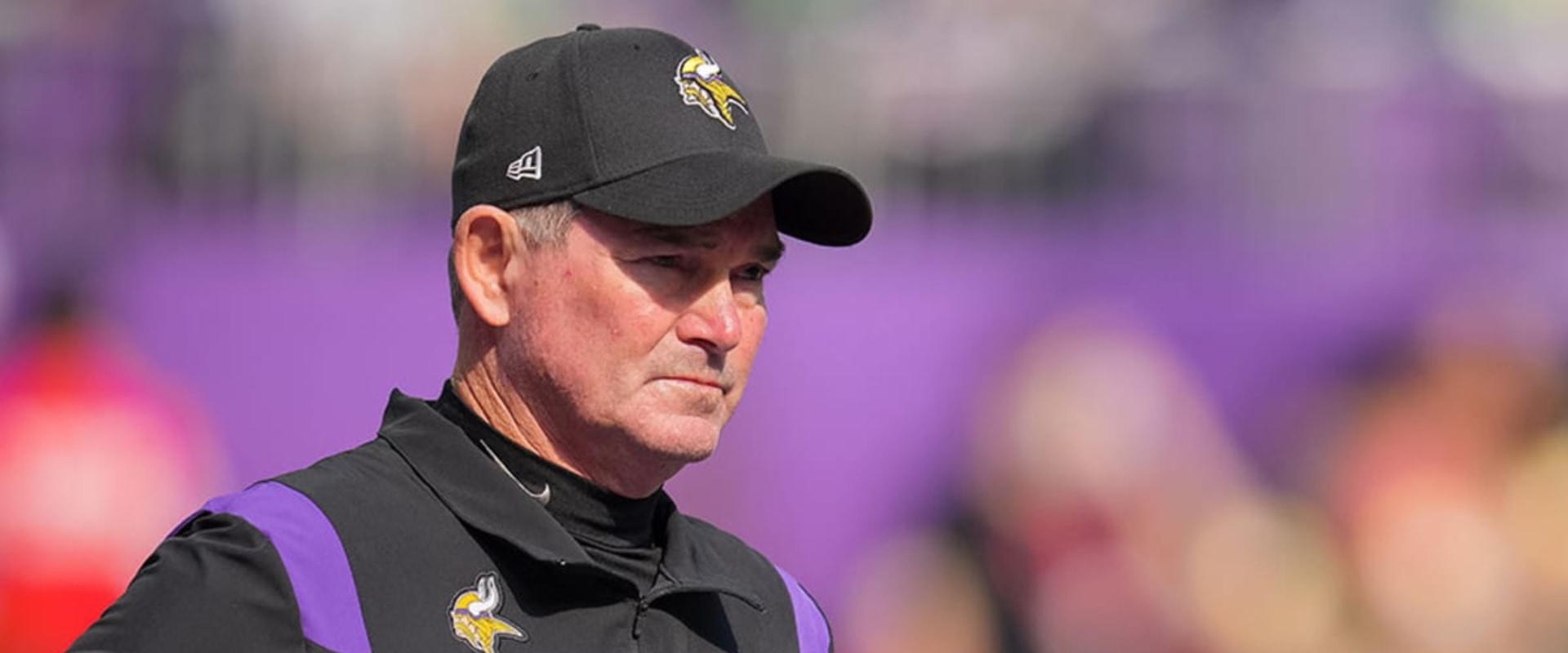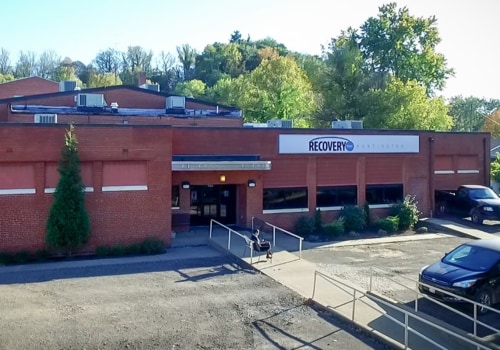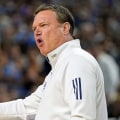When the football teamis successful and performing at the highest level, every year millions ofdollars are added to ticket sales, advertising deals, merchandise sales, andlicensing agreements. Athletic departments pay them millions of dollars a yeardespite rising tuition prices and a growing reliance on part-time instructors.
When the football teamis successful and performing at the highest level, every year millions ofdollars are added to ticket sales, advertising deals, merchandise sales, andlicensing agreements. Athletic departments pay them millions of dollars a yeardespite rising tuition prices and a growing reliance on part-time instructors.
It turns out that theamateur status of student-athletes, inter-college competitiveness, and pressurefrom alumni and fans can explain those potentially excessive payouts. However,it is challenging to make sense of these sizable college sports teams and theirwell-compensated coaches alongside mounting concerns about stagnant tenuredfaculty pay, increased part-time teaching staff, and the growing load ofstudent loans.
There is no conclusiveproof that a winning sports team advances a university's educational goals,enables it to attract students of a higher caliber, or increases finance forits academic initiatives. Because "star coaches" are employed toentice the finest players, collegiate athletes' amateur status helps to enhancecompensation.
College clubs cannotentice the top players with the promise of high pay, unlike professionalleagues. Instead, players frequently select their institutions based on accessto coaches who have a track record of placing graduates in professional leaguesas well as opulent stadiums and other amenities.
The competition amonginstitutions for these "star coaches" has also raised their pay. Inits place, you have a sports director who just cares about winning. Onlystakeholders, not stockholders who seek profits, desire victory. WilliamKirwan, a former president of the state of Ohio and chancellor of theUniversity of Maryland, confirmed that university presidents experience thispressure to maintain competitive sports teams but have little control over thesituation because they almost always approve salaries after they have been negotiatedby athletics departments.
Kirwan, who iscurrently the head of the Knight Commission, a reform-focused lobbying groupfor college sports, highlighted that institutions want to be known for theirdedication to athletics. He claimed that the general population has an"insatiable desire for sports. No university wants to take action alonefor fear that competition will result in the extinction of its sports programs,even though it may make sense for all colleges to band together to decreasethese payments. They run the danger of breaking federal antitrust laws if theycoordinate or set a salary cap for training.
According to MeghanDurham, an NCAA spokeswoman, the NCAA, a membership organization that overseesMarch Madness and has 350 Division 1 universities as members, "cannot anddoes not control. Other money is used to pay top coaches, maintain facilities,and pay assistant coaches' and sports directors' wages. By the way, the pay forthose other sports personnel has also increased significantly.
One of the fastestrising sports fees is reported by The Washington Post to be at several of thebiggest public universities in the country. Is it the sum of money that goesinto the managers of those sports departments' paychecks? In the end, it may benecessary for the federal government to take action to reduce spending, maybeby exempting colleges from antitrust laws and allowing them to share pay data.Kirwan contended that the federal government ought to take part because PellGrant funds cover eligible students' fees, including those associated withathletics.
The reality is thatlarge salaries are nothing new in the world of sports; in fact, collegefootball was well ahead of most other sports in terms of paying head coaches asalary. One of the trickiest issues presently facing universities is pay inathletics. Athletes are not permitted to get compensation to maintain their fanstatus, while coaches and sports directors are paid extravagant salaries.Universities defend paying coaches high wages because athletics generatesignificant revenue, while they defend not compensating athletes because therules forbid it.
Additionally, why arecoaches paid so well? Schools are willing to pay coaches a lot of money becausethey wager that the coach will be successful in winning games, boosting ticketand merchandise sales, and possibly winning lucrative contests (or at leastplaying with them). A coach's salary may seem excessive given the enormous paydisparity between athletes and coaches, but many coaches, includingWhittingham, are paid fairly for the value they offer to the university. If acoach leaves before the term of his contract expires, purchases shield both theschools and the coach from being fired without cause. Tom Herman, the newfootball coach at the University of Houston, correctly reaffirmed theimportance of a competent coach for a student-athlete last week.
In the 1980s, 20 headcoaches nationwide would reach the six-figure barrier, continuing the trend ofcoaches making six figures. American basketball coach and former player MarkEdward Pope (born on September 11, 1997) serves as the 19th and current headcoach of the Brigham Young University (BYU) men's basketball team.
College basketball'srefusal to pay its players while paying its coaches millions of dollars hasdrawn criticism for years. John Oliver even spent a whole piece last Marchmocking college basketball for its exorbitant salaries.
The income created byUniversity of Nebraska athletics, which totaled $102.15 million in 2014–15, issomething that can be valued. That is a huge amount. According to USA Today,Texas A&M had the highest athletic revenues in the country that year,totaling $192 million. Athletes' programs frequently rely heavily on ticketsales for their funding, with football tickets accounting for the majority ofthose sales.
Despite its lacklusterperformances, Texas A&M and Nebraska allegedly averaged 98,802 and 89,798,respectively, in terms of attendance in 2017. Imagine the impact on the schools'finances if their programs once again achieve prestige and they can raise theprices for admission, parking, merchandising, and concessions.
When the footballprogram is successful and performing at a high level, all of these revenuestreams—ticket sales, advertising partnerships, item sales, and licensingagreements—increase by millions of dollars each year. Profitable agreements andrenewals with Nike, Adidas, or Under Armour are largely dependent on football'ssuccess. Texas A&M and Nebraska stand to make back much more dollars inrevenue than they are paying in coach salaries if Fisher and Frost can makethem national title contenders.
The most crucial stepin trying to create a successful football program is paying a coach a highwage, yet this is no guarantee that the program will be successful.Furthermore, wealthy alumni who are eagerly anticipating a nationalchampionship will pay whatever it takes to hire a reputable coach. This issimilar to the New York Yankees in free agency, a franchise that was willingand able to pay elite free agents more than other teams to preserve or restorea championship culture.
Although the headcoaches of college football programs probably do not deserving of this highcompensation, they might be seen as the focal point of a successful athleticsprogram when viewed in the context of the whole. The easiest approach to changea team's football fortunes is to gamble on a coach, especially at Texas A&Mand Nebraska, two teams with significant revenue sources but fan bases lackinga top-level football program.
Ideally, the salaryexplosion will also result in higher salaries for their staff members andassistant coaches. Unfortunately, none of this generosity is visible to thegame's participants. Something doesn't seem right when college coaches who workwith amateur athletes are paid more than coaches in professional sports. But aslong as college football is operating more like a professional sport and lesslike an amateur one, and as long as supply and demand prevail, expect collegecoaches' pay to rise.








Leave Reply